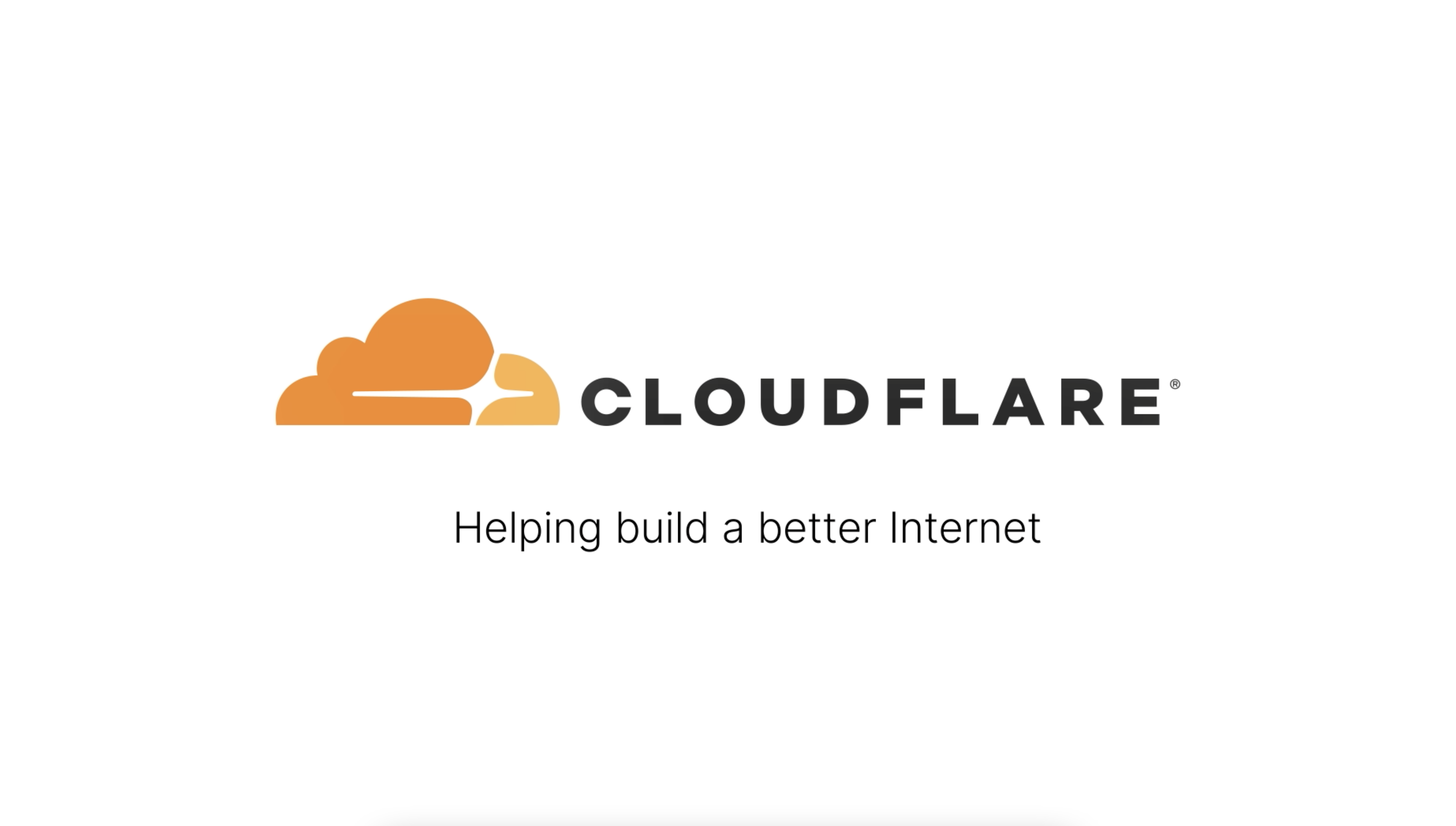Cloudflare, a popular Content Delivery Network (CDN) and security service can significantly enhance the performance and security of your WordPress website. By distributing your website’s content across a global network of servers, Cloudflare reduces page load times and improves overall site performance. Additionally, Cloudflare’s robust security features protect your site from malicious attacks, ensuring a safe browsing experience for your visitors. Setting up Cloudflare for your WordPress site involves a few steps, from signing up for Cloudflare to configuring DNS settings and installing the necessary plugins.
This guide will walk you through the entire process, enabling you to harness Cloudflare’s full power for your WordPress website.
Step 1: Sign Up for Cloudflare
- Visit Cloudflare’s Website: Go to Cloudflare.
- Sign Up: Click the “Sign Up” button and enter your email address and password to create a new account.
- Add Your Site: After creating your account, you will be prompted to add your website. Enter your website’s URL and click “Add Site.”
Step 2: Choose a Cloudflare Plan
Cloudflare offers several plans, including a free tier sufficient for most small to medium-sized websites.
- Select Your Plan: Choose the plan that best fits your needs. For most users, the Free plan is a good starting point.
- Continue: Click “Continue” to proceed to the next step.
Step 3: Review Your DNS Records
Cloudflare will automatically scan your website’s DNS records.
- Review DNS Records: DNS (Domain Name System) records are like the phone book of the internet, translating human-friendly domain names into computer-readable IP addresses. Ensuring all your DNS records are correctly listed when setting up Cloudflare is crucial. This includes records for your domain (A, CNAME, MX, etc.).
- Add Missing Records: If any records are missing, add them manually.
- Proceed: Once satisfied with your DNS records, click “Continue.”
Step 4: Change Your Domain’s Nameservers
To use Cloudflare, you need to change your domain’s nameservers to the ones provided by Cloudflare.
- Note Cloudflare Nameservers: Cloudflare will provide you with two nameservers.
- Update Nameservers: Log in to your domain registrar (e.g., GoDaddy, Namecheap) and update your domain’s nameservers to the ones provided by Cloudflare. This process varies slightly depending on your registrar.
- Save Changes: After updating the nameservers, save the changes.
It may take up to 48 hours for the nameserver changes to propagate, but it usually happens much faster.
Step 5: Install the Cloudflare WordPress Plugin
If you can set up Cloudflare using the Cloudflare website, you won’t need to install the plugin, but if you want to configure the cache and everything else, you can use the Cloudflare WordPress plugin. This plugin bridges your WordPress site and Cloudflare, allowing you to manage specific Cloudflare settings directly from your WordPress dashboard. It also helps to ensure that your WordPress site is configured correctly to work with Cloudflare’s caching and security features.
- Log in to WordPress Admin: Go to your WordPress admin dashboard.
- Navigate to Plugins: Go to Plugins > Add New.
- Search for Cloudflare: In the search bar, type “Cloudflare” and install the official Cloudflare plugin.
- Activate the Plugin: After installation, click “Activate.”
Step 6: Configure the Cloudflare Plugin
- Open the Cloudflare Plugin: Go to Settings > Cloudflare.
- Login: Click “Sign In Here” and enter your Cloudflare account email and API key. You can find your API key in your Cloudflare account under “My Profile.”
- Complete Setup: Follow the on-screen instructions to complete the setup process.
Step 7: Optimize Cloudflare Settings for WordPress
- Global API Key: After logging in, you may need to enter your Global API key. You can find this in your Cloudflare dashboard under “My Profile.”
- Apply Recommended Settings: The Cloudflare plugin provides recommended settings optimized for WordPress. Click the “Apply” button to apply these settings.
- Enable Automatic Cache Purge: This ensures that your cache is purged whenever you make changes to your site.
Step 8: Enable HTTPS with Cloudflare
To ensure secure data transmission, enable HTTPS on your site.
- Navigate to SSL/TLS: Go to the SSL/TLS section in your Cloudflare dashboard.
- Choose SSL Mode: Select the SSL mode that best suits your needs. The most common option is “Full” or “Full (strict).”
- Enable Always Use HTTPS: In the “Edge Certificates” tab, enable “Always Use HTTPS” to redirect all HTTP requests to HTTPS.
Step 9: Additional Security and Performance Settings
- Enable Firewall Rules: Go to the Firewall section and set up rules to block malicious traffic.
- Optimize Speed Settings: In the Speed section, enable features like Auto Minify and Brotli to speed up loading times.
- Use Page Rules: Set up page rules to fine-tune caching and performance settings for specific URLs.
Step 10: Monitor and Adjust Settings
After setting up Cloudflare, rest assured that you can monitor your website’s performance and security. Adjust settings as needed to optimize the experience for your visitors. Remember, support is always available if you need it.
- Check Analytics: Use Cloudflare’s analytics to monitor traffic, bandwidth savings, and security threats.
- Adjust Cache Settings: If you notice any issues with caching, adjust the settings accordingly.
Following these steps, you can successfully set up Cloudflare for your WordPress website, enhancing its speed, security, and reliability.
